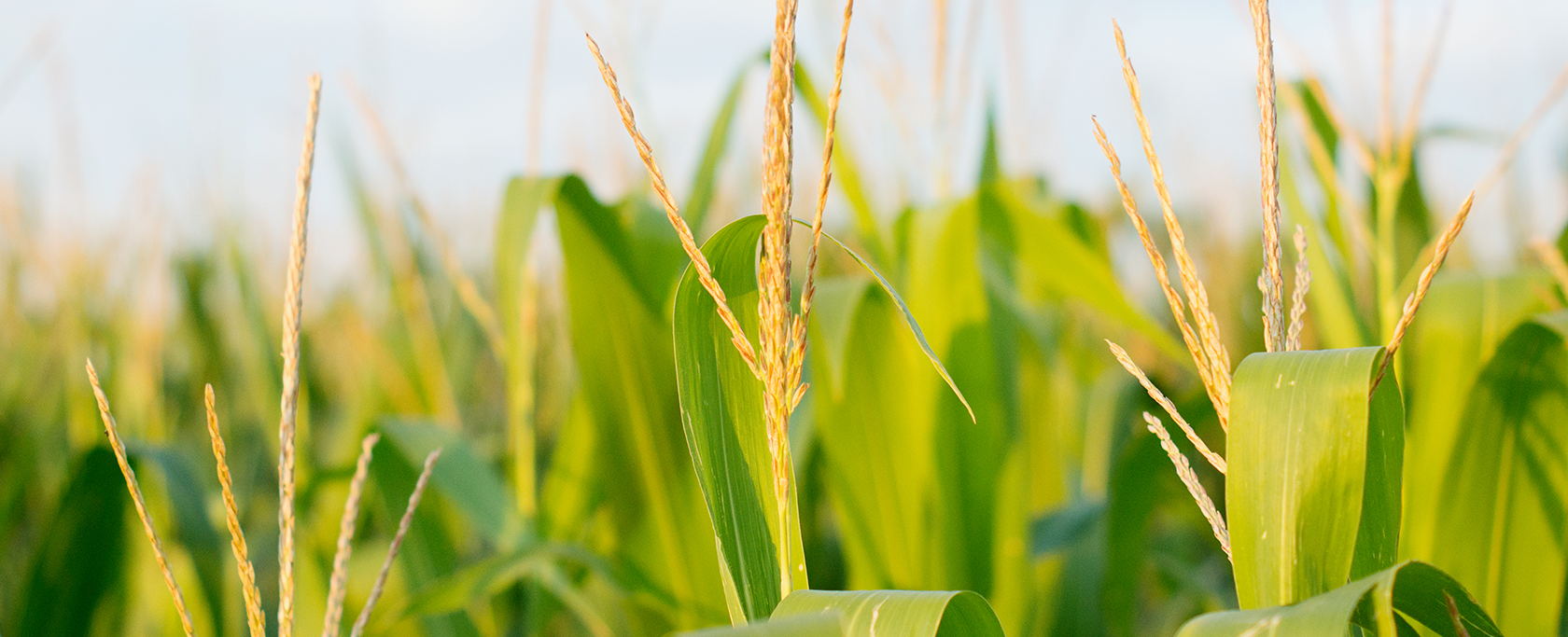Quick glance
- Most of the nation's corn and soybeans are planted but conditions in some areas are down from last week
- U.S.- China trade negotiations resume after G20 summit meeting
- USDA’s massive corn acres shock traders and farmers alike with markets reacting violently last week
- This week’s focus is on weather and crop progress, conditions
Crop Progress
Corn crop conditions remained nearly the same as last week with 55% rated good to excellent in the top 18 corn producing states. The eastern Corn Belt crop conditions decreased with Ohio rated at 31% good to excellent, down from 39% last week. Indiana is at 39% good to excellent, decreasing from 43%. Illinois was rated 42% good to excellent, down from 47%. Iowa jumped slightly to 64% from 62% last week, and Nebraska shows the best conditions with 74% at good to excellent, slightly down from last week's 77%.
Soybeans are unchanged from last week with ratings sitting at 54% good to excellent but lagging from last year's rate of 74%.
- Corn is rated 55% good, 21% excellent, 18% fair, 4% poor and 2% very poor
- Soybeans are rated 55% good, 23% fair, 15% excellent, 5% poor and 1% very poor
- Spring wheat is rated 64% good, 18% fair, 13% excellent, 4% poor and 1% very poor
- Corn is 94% emerged vs. the average at 100%
- Soybeans are 83% emerged vs. the 95% average
Friday's crop report
- The USDA’s annual acreage report surprised many as it increased planted corn acres by nearly 4 million from the March report and reduced soybean acres by nearly 9 million from March. The wet spring and late plantings have farmers and analysts questioning the reliability of the data as many think the reported corn numbers are higher than reflected in what’s in the fields. Market reaction was violent with an initial rally of $0.14 per bushel and eventually locked down limit of $0.25 per bushel by 11:45 a.m. Friday. This was a 45-minute trading range of $0.39 ¾ per bushel of corn. Soybeans rallied on the news, though mild in comparison to corn with current prices up $0.08 per bushel. The USDA plans to re-interview farmers in 14 states for acreage numbers.
- In the same report, the USDA said Chinese importers bought 544,000 tonnes of U.S. old-crop soybeans. This was the largest soybean sale to China since March of this year.
U.S.-China Trade Update
- Bloomberg reports President Donald Trump and China’s Xi Jinping are moving forward with trade negotiations after their long-awaited meeting at the G-20 summit on Saturday, removing an immediate threat looming over the global economy even as a trade deal is still unclear.
- Bloomberg states the two sides have agreed to restart trade negotiations that broke down last month, Xinhua News Agency reported, adding that the U.S. agreed to put no new tariffs on Chinese goods. It is still unclear whether they can overcome differences that led to the collapse of a previous truce reached at last year’s G-20.
Weather
- Weather is the focus this week as warmer temperatures move into major U.S. crop areas, which will help accelerate the evaporation of soaked crop lands. Cooler weather and a return of high rainfall is expected, however, and will present a challenge to crops in early development.
African swine fever update
- Reuters reports the African swine fever death toll may be twice as high as indicated. Three other executives at producers of vaccines, feed additives and genetics also estimate losses of 40-50%, based on falling sales for their companies' products and direct knowledge of the extent of the disease on farms across China.
DISCLAIMER: Commodity markets have inherent risk and Tyson Foods, Inc. assumes no liability for the use of any information contained herein. Information contained herein was obtained from sources believed to be reliable but is not guaranteed as to its accuracy. Any examples given are strictly hypothetical and no representation is being made that any person or entity will or is likely to achieve profits or losses similar to those examples. Neither the information, nor any opinion expressed, constitutes a solicitation to buy or sell futures or options on futures contracts. Every effort has been made to ensure the accuracy of the information and market data which is provided herein. Information has been obtained by Tyson Foods, Inc. from sources believed to be reliable. However, because of the possibility of human or mechanical error, Tyson does not guarantee the accuracy, adequacy of content or any information and is not responsible.

